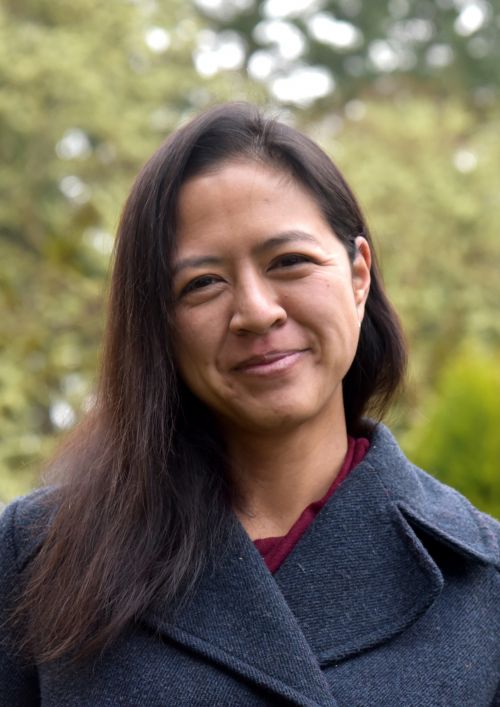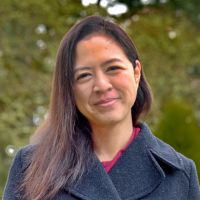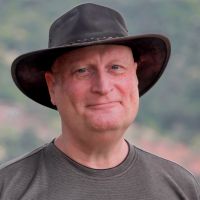Effect of microsite light on survival and growth of understory natural regeneration during restoration of seasonally dry tropical forest in upland northern Thailand

ABSTRACT: The framework species method (FSM) of forest restoration involves planting mixtures of native forest trees to catalyze or complement natural regeneration and accelerate recovery of a diverse understory in tropical forests. Data on naturally regenerating tree seedlings, however, is sparse, and we lack an understanding of how environmental factors affect seedling persistence and growth. We investigated relationships between microsite light availability and two-year survival and growth of naturally-recruited tree seedlings in 11- to 14-year-old FSM trial plots, established to restore seasonally dry tropical forest (SDTF) in the highlands of northern Thailand. We also explored relationships among seedling survival, growth, successional guild and leaf habit. We sampled seedlings belonging to 13 tree species, representing various successional guilds (pioneer, intermediate and late successional) and leafing habits (evergreen and deciduous). They included seedlings of “overstory species,” species planted to establish the plots, and “re-colonizing species,” species recruited into the plots by seed dispersal from outside.
Seventy-two percent of sampled seedlings survived two years. Ten species had high two-year survival (≥69%); however, three deciduous pioneer species had low survival (<50%). Deciduous pioneers had significantly lower probability of survival than any other combination of successional guild and leaf habit (p < 0.001). Mean microsite light availability was 11% of full sunlight. Survival was unrelated to microsite light, suggesting that most seedlings were tolerant of the range of understory light levels. Relative growth rates of height (RGRH) and stem diameter (RGRD) both increased significantly with microsite light level (p < 0.001). This indicated that seedlings were sensitive to increases in understory light and that light was an important factor that drove regeneration and community assembly in SDTF undergoing restoration. Still, neither model fully explained variability of either RGRH(R2m= 0.230) or RGRD(R2m= 0.138) suggesting that there are additional, unconsidered factors important to growth.
High two-year seedling survival indicated that within 14 years of implementing the FSM, the understory environment had become adequate for regeneration of a wide range of tree species. Regeneration of re-colonizing species confirmed previous reports that the FSM fosters regeneration of species-diverse tree communities. The results suggested that thinning or gap creation, to increase light levels, may accelerate seedling growth, but are not essential for regeneration of the studied species, and that enrichment planting or direct seeding of intermediate and late-successional species would help to accelerate ecosystem diversification. Introducing such species just before canopy closure and before planted overstory trees become reproductive may provide them with a competitive advantage over seedlings of overstory species.


